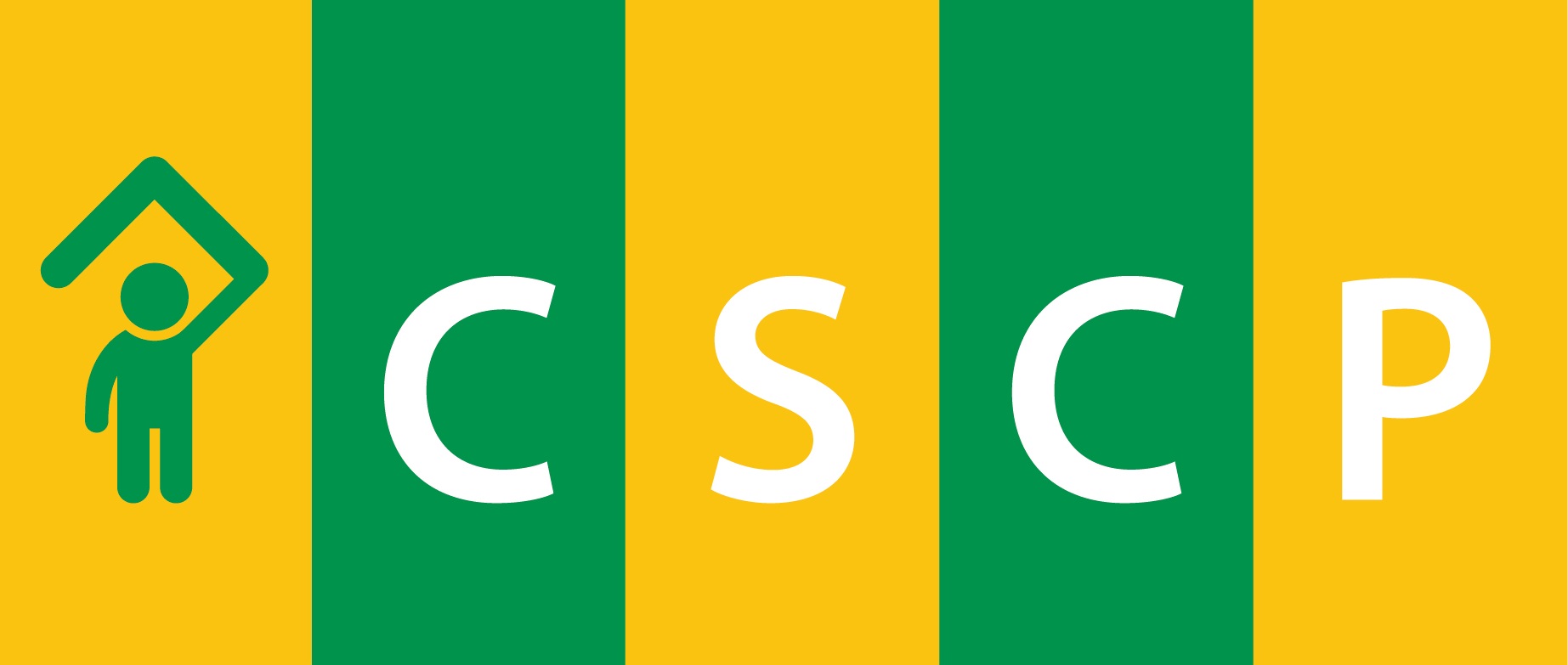Harmful sexual behaviour
Harmful sexual behaviour (HSB) is developmentally inappropriate sexual behaviour displayed by children and young people which is harmful or abusive. Peer-on-peer sexual abuse is a form of HSB where sexual abuse takes place between children of a similar age or stage of development. Child-on-child sexual abuse is a form of HSB that takes place between children of any age or stage of development.
Problematic sexual behaviour (PSB) is developmentally inappropriate or socially unexpected sexualised behaviour which doesn’t have an overt element of victimisation or abuse.
What you need to do
Statutory guidance for schools in England says staff should act on the assumption that all children and young people could be affected by child-on-child sexual violence and harassment (Department for Education (DfE), 2022). To help keep children safe, this is best practice for everyone working or volunteering with children. It can be difficult to know how best to protect children from incidents of PSB and HSB.
NSPCC resources
The NSPCC has put together some information to help you and your organisation:
- How to prevent harmful sexual behaviour in children (NSPCC Learning)
- Harmful sexual behaviour (HSB) or peer-on-peer sexual abuse
Harmful sexual behaviour (HSB)
Harmful sexual behaviour (HSB)is developmentally inappropriate sexual behaviour displayed by children and young people which is harmful or abusive. Peer-on-peer sexual abuse is a form of HSB where sexual abuse takes place between children of a similar age or stage of development. Child-on-child sexual abuse is a form of HSB that takes place between children of any age or stage of development.
Harmful sexual behaviour (HSB) or peer-on-peer sexual abuse (NSPCC Learning)
Harmful sexual behaviour in schools training
Are you aware of the differences between healthy sexual behaviours and those which are of concern? Do you know what to do if a child or young person has experienced sexual harassment and abuse or is displaying sexualised behaviour?
Get the knowledge and skills you need to recognise, report and record sexualised behaviour concerns with NSPCC's e-learning courses for primary or secondary schools.
Harmful sexual behaviour in schools training (NSPCC Learning) – This one is currently free Sex and relationships (RSE) training course for teachers and school leaders (NSPCC Learning)
Podcast: planning therapeutic sessions for children displaying harmful sexual behaviour
Following on from NSPCC's first episode in this series, social workers and children’s practitioners, Katy Tomkinson and Rowan Wolfe, talk about planning therapeutic sessions and assessing children and young people who have displayed harmful sexual behaviour.
Harmful sexual behaviour prevention toolkit
This toolkit is designed for parents, carers, family members and professionals, to help everyone play their part in keeping children safe.
Preventing harmful sexual behaviour toolkit (Stop it now)
Key messages
The term ‘harmful sexual behaviour’ describes a continuum of behaviours displayed by children and young people under 18, ranging from those considered ‘inappropriate’ at a particular age or developmental stage to ‘problematic’, ‘abusive’ and ‘violent’ behaviours.
Subscribe to NSPCC's safeguarding child protection email newsletter. Their current awareness newsletter for practice, policy and research delivers free weekly email alerts to keep you up-to-date with all the latest safeguarding and child protection news.
